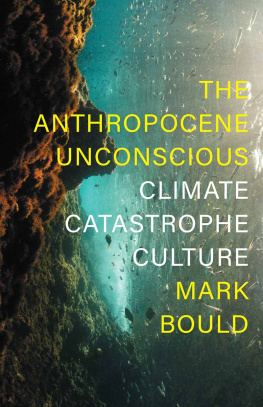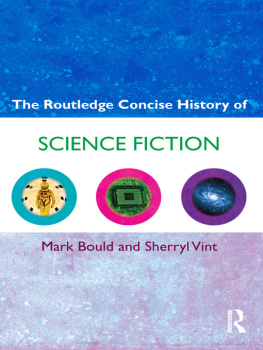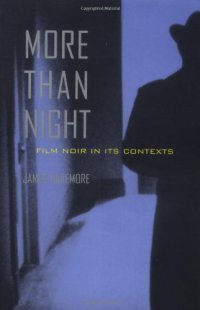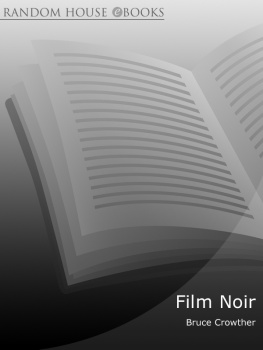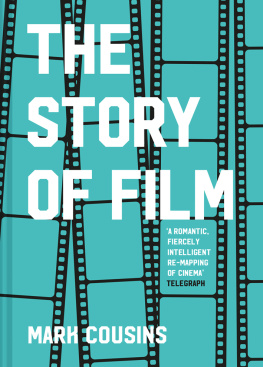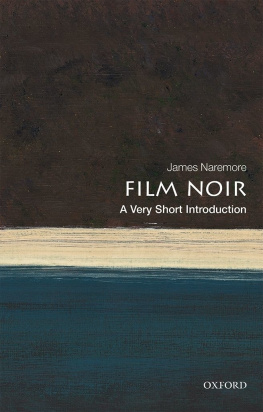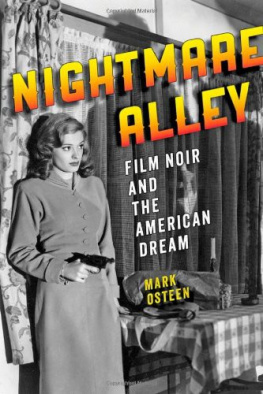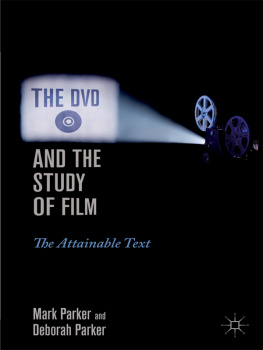SHORT CUTS
INTRODUCTIONS TO FILM STUDIES
OTHER TITLES IN THE SHORT CUTS SERIES
THE HORROR GENRE: FROM BEELZEBUB TO BLAIR WITCH Paul Wells
THE STAR SYSTEM: HOLLYWOODS PRODUCTION OF POPULAR IDENTITIES Paul McDonald
SCIENCE FICTION CINEMA: FROM OUTERSPACE TO CYBERSPACE Geoff King and Tanya Krzywinska
EARLY SOVIET CINEMA: INNOVATION, IDEOLOGY AND PROPAGANDA David Gillespie
READING HOLLYWOOD: SPACES AND MEANINGS IN AMERICAN FILM Deborah Thomas
DISASTER MOVIES: THE CINEMA OF CATASTROPHE Stephen Keane
THE WESTERN GENRE: FROM LORDSBURG TO BIG WHISKEY John Saunders
PSYCHOANALYSIS AND CINEMA: THE PLAY OF SHADOWS Vicky Lebeau
COSTUME AND CINEMA: DRESS CODES IN POPULAR FILM Sarah Street
MISE-EN-SCNE: FILM STYLE AND INTERPRETATION John Gibbs
NEW CHINESE CINEMA: CHALLENGING REPRESENTATIONS Sheila Cornelius with Ian Haydn Smith
SCENARIO: THE CRAFT OF SCREENWRITING Tudor Gates
ANIMATION: GENRE AND AUTHORSHIP Paul Wells
WOMENS CINEMA: THE CONTESTED SCREEN Alison Butler
BRITISH SOCIAL REALISM: FROM DOCUMENTARY TO BRIT GRIT Samantha Lay
FILM EDITING: THE ART OF THE EXPRESSIVE Valerie Orpen
AVANT-GARDE FILM: FORMS, THEMES AND PASSIONS Michael OPray
PRODUCTION DESIGN: ARCHITECTS OF THE SCREEN Jane Barnwell
NEW GERMAN CINEMA: IMAGES OF A GENERATION Julia Knight
EARLY CINEMA: FROM FACTORY GATE TO DREAM FACTORY Simon Popple and Joe Kember
MUSIC IN FILM: SOUNDTRACKS AND SYNERGY Pauline Reay
FEMINIST FILM STUDIES: WRITING THE WOMAN INTO CINEMA Janet McCabe
MELODRAMA: GENRE STYLE SENSIBILITY John Mercer and Martin Shingler
FILM PERFORMANCE: FROM ACHIEVEMENT TO APPRECITATION Andrew Klevan
NEW DIGITAL CINEMA: REINVENTING THE MOVING IMAGE Holly Willis
FILM AND PHILOSOPHY: IMAGES OF WISDOM Adrian Page
THE MUSICAL: RACE, GENDER AND PERFORMANCE Susan Smith
TEEN MOVIES: AMERICAN YOUTH ON SCREEN Timothy Shary
THE NEW HOLLYWOOD: FROM BONNIE AND CLYDE TO STAR WARS Peter Krmer
DOCUMENTARY: THE MARGINS OF REALITY Paul Ward
ITALIAN NEOREALISM: REBUILDING THE CINEMATIC CITY Mark Shiel
FILM NOIR
FROM BERLIN TO SIN CITY
MARK BOULD
WALLFLOWER
LONDON and NEW YORK
A Wallflower Book
Published by
Columbia University Press
Publishers Since 1893
New York Chichester, West Sussex
cup.columbia.edu
Copyright Mark Bould 2005
All rights reserved.
E-ISBN 978-1-904-76450-2
A complete CIP record is available from the Library of Congress
ISBN 978-1-904764-50-2 (pbk. : alk. paper)
ISBN 978-0-231-50391-4 (e-book)
A Columbia University Press E-book.
CUP would be pleased to hear about your reading experience with this e-book at .
CONTENTS
It started out as a kind of joke, and then it wasnt funny anymore because money became involved. Deep down, nothing about money is funny.
Charles Willeford (2000: 3)
With thanks to Susan Alexander, Caroline Bainbridge, Emma Bircham, Anita Biressi, Andrew M. Butler, Istvan Csicsery-Ronay, Jr., Graham Fraser, Carl Freedman, Gillian Glitre, Joan Gordon, Veronica Hollinger, Rob Latham, Iris Luppa, China Miville, Heather Nunn, Mike Sanders, Greg Tuck, friends and colleagues at BCUC and Historical Materialism, my family and, above all, Kathrina Glitre their friendship, solicitude and kindnesses made the year before I wrote this book easier to bear. Additional thanks to Iris for helpful comments on Weimar cinema; Carl for his Walter Neff secret; Mike Harrison for Fat Michael Douglas, every womans dream; and Kathrina for making this a better book than it would otherwise have been. Thanks also, of course, to Glenn Ford, Gloria Grahame, Ida Lupino, Robert Mitchum, Dick Powell, Robert Ryan, Barbara Stanwyck, Claire Trevor, Richard Widmark
Determinism argues that the state of a system at one moment gives rise to the state of that system in the following moment. Determinism should not be confused with fate, fatalism, cause-and-effect or predictability. Fate intrudes a metaphysics in which the entire history of a system, from which it is impossible to deviate, is laid down in advance. Fatalism is a resigned belief in this inescapable fate. Cause-and-effect is a narrative technique by which we make sense of the transition of a system from moment to moment. It is always a retrospective and partial account, an abstraction which marginalises or ignores the totality of the system. (It is, nonetheless, a useful tool for modelling the world and for telling it.) Predictability is the inverse of cause-and-effect. The ability to construct retrospective cause-and-effect chains implies that it should be possible to extend their construction into the future; this is an error based on forgetting that cause-and-effect is a retrospective abstraction. A determinist system does not require fate, inevitability, predictability or cause-and-effect. In the non-linear dynamics of complex systems, there is no necessary correspondence of magnitude between a microscopic fluctuation in a system and the macroscopic divergences it can produce in that system. This is not about a small cause having a large effect, but about the initial conditions of the entire system producing unforeseeable conditions in the entire system at a subsequent moment; it is about a sensitive dependence on initial conditions; it is about determinism without predictability. In complex systems, order can emerge from chaos, and chaos often contains deeply-encoded structures of order. (See Earman 1986, Hall 1992, Hayles 1990 and 1991, and Hoefer 2003.)
The point of all this will become clear.
One day in 1993, Emmy Award-winning filmmaker Ara Chekmayan visited a Pennsylvania fleamarket, where he discovered a statuette that looked exactly like the Maltese Falcon. Chekmayan purchased the black bird for $8 and, not long afterward, believing it to be one of two identical props that had been used in the famous 1941 Warner Bros. movie, he offered it up for auction at Christies, who estimated its value at $50,000. Before an auction could take place, however, a Los Angeles collector pointed out that identical copies of the statuette could be purchased at $45 a piece from a book dealer in Long Beach
James Naremore (1998: 254)
James Naremore takes this anecdote to prove that certain 1940s Hollywood thrillers have accumulated sufficient artistic and cultural cachet to become valuable as other things besides movies (1998: 255). Looked at differently, it provides a key to the central problematic of identifying, delineating, defining film noir: this book opens by quoting from another book on film noir which retells a story from People magazine about a man who found one of many copies based on the original (two copies of the) prop of the Maltese Falcon which, diegetically, was a fake in the third film to be based on Dashiell Hammetts 1931 hard-boiled detective novel The Maltese Falcon, itself originally serialised in Black Mask pulp magazine between September 1929 and January 1930. So what exactly was it that Chekmayan thought he had found when he thought he had found (one of) the original Falcon(s)? In this welter of copies of copies in different media and adaptations from one medium to another the notion of an original evanesces. Even Hammett is no guarantor. His cynical deflation of the Grail myth in the modern urban waste land is not the first (his 1931 The Glass Key alludes to T. S. Eliots 1922 The Waste Land), nor is his Sam Spade the original hard-boiled detective (a more likely contender is Carroll John Dalys Terry Mack).



